Brief review and sample photos from the Pentax Optio W20
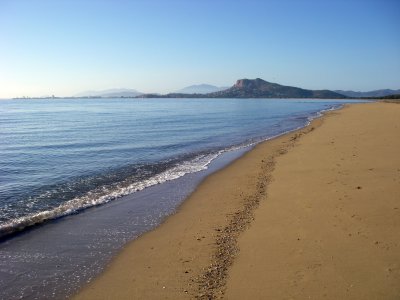
:: Click for gallery of full resolution sample images from the Pentax Optio W20 ::
|
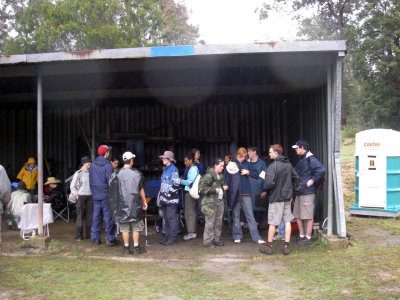
Getting ready to go out in the rain |
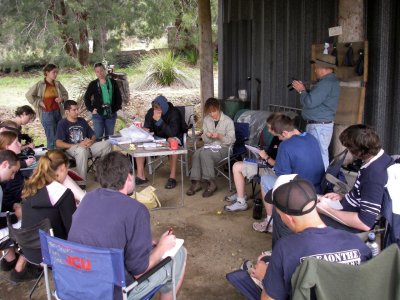
Measuring mist-netted birds IMGP0381 |
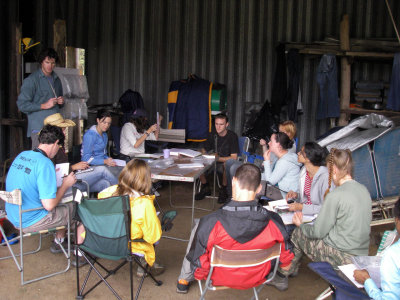
Reptile keying IMGP0383 |

Insectivorous plant sundew IMGP0464 |

Lunch is served IMGP0466 |
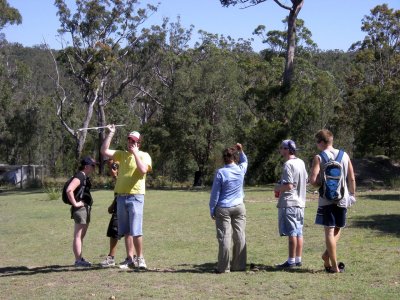
Radio tracking IMGP0517 |
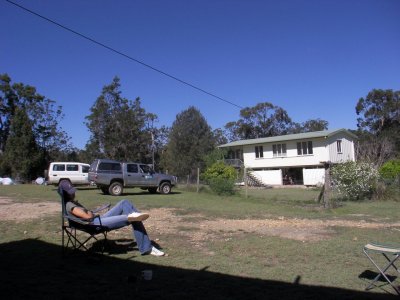
Time off IMGP0519 |
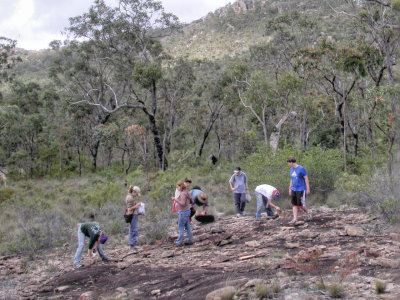
Reptile searching IMGP0558 |
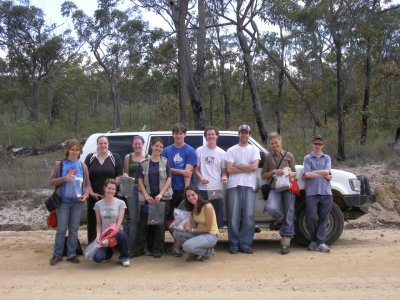
Happy reptile catchers IMGP0585 |
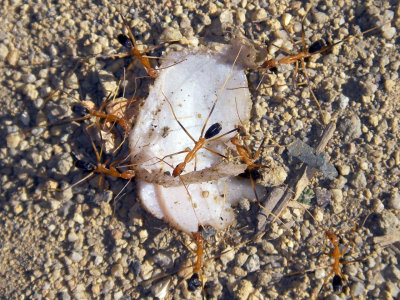
Ants attacking piece of chicken IMGP0427 |
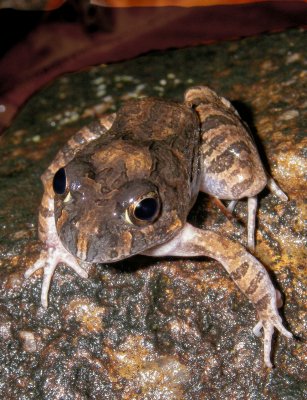
Limnodynastes ornatus IMGP0351 |

Litoria gracilenta |
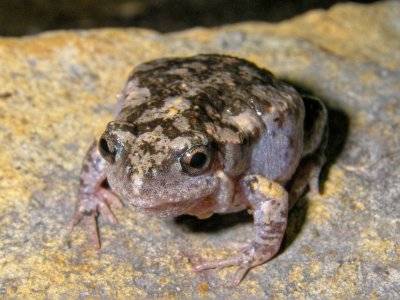
Mimic toadlet or gungan, Uperoleia mimula IMGP0527 |
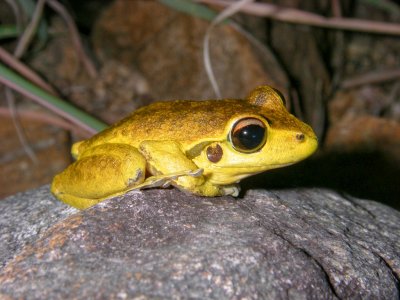
Stony Creek frog, Litoria lesueuri IMGP0536 |

Baby eastern water dragon found asleep on bush IMGP0420 |
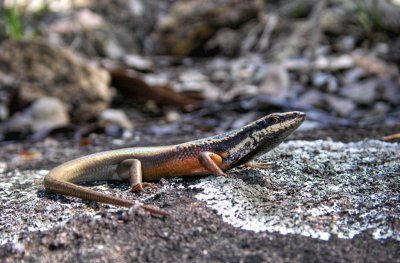
Skink, Carlia rostralis, Mount Zero, (IMGP0495) |
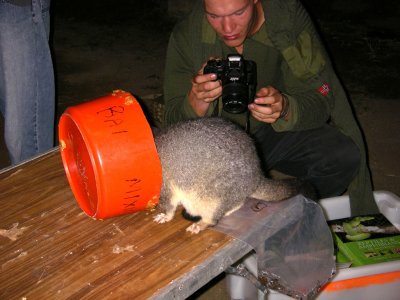
Possum that couldn't wait for bait IMGP0538 |

Things you find under rocks--a centipede (IMGP0557) |
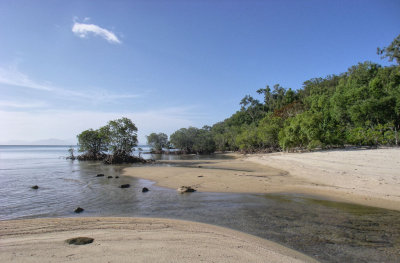
Beach, ocean, mangroves IMGP0683 |

Hard luck tree IMGP0915 |

Sunbird feeding 2 young IMGP2787 |

Dragon boats IMGP0981 |

Stonemason toadlet, Uperoleia lithomoda IMGP4125 |
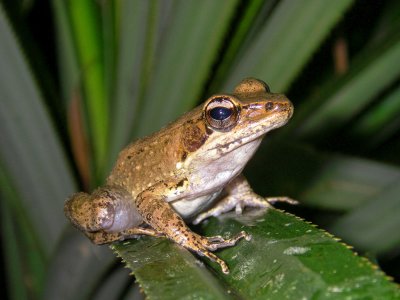
The only Australian ranid, Rana daemeli, near El Arish IMGP5160 |
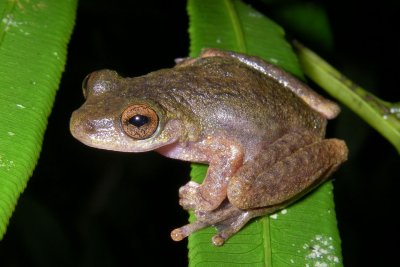
Common Mistfrog, Litoria rheocola, near Innisfail, Queensland, Australia IMGP5192 |
click on thumbnails for full image











